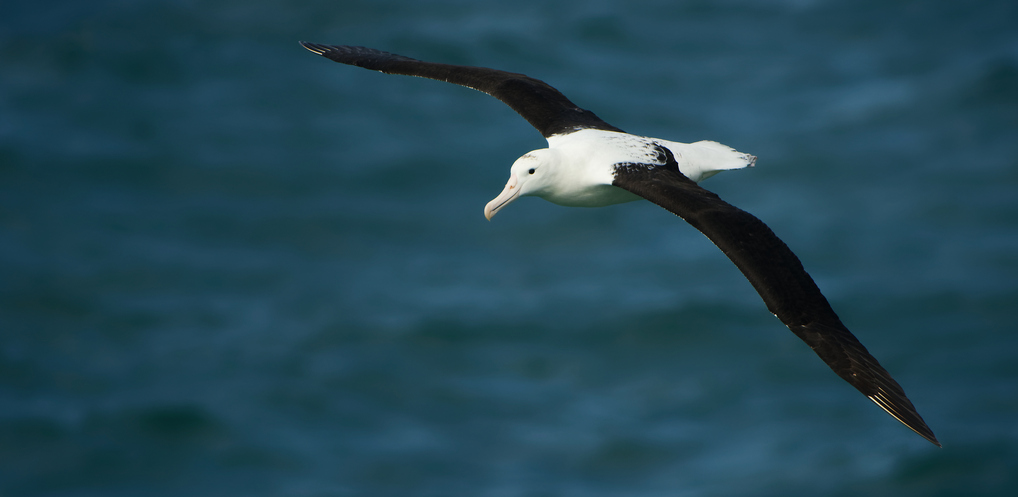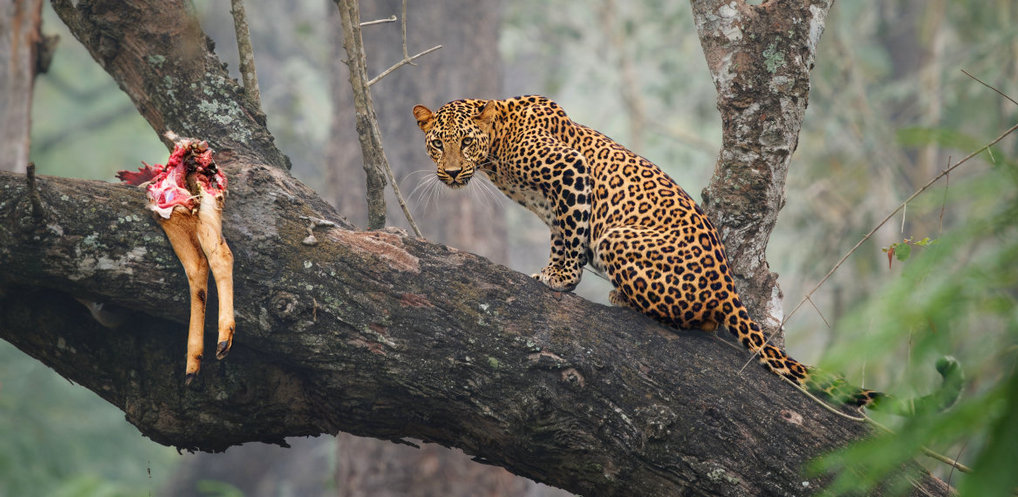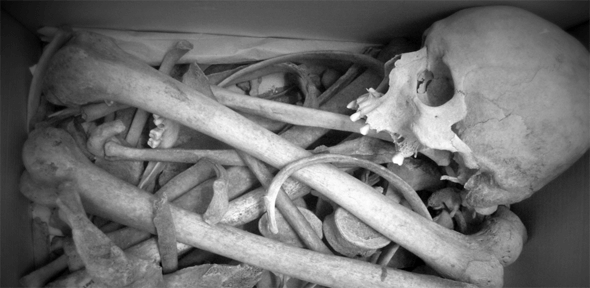Research
Our group is interested in understanding how animals (including our own species) respond to changing environments. Our work spans from the ecological (individual movement decisions, range changes) to the evolutionary (hybridisation, adaptation and speciation) time scale. Whilst below we focus on these two extremes, a number of our projects cross that artificial divide, involving elements of both.
Individual responses to changing environments

Credit: Martin & Ondrej Pelanek
Where should an albatross go to find food in a huge, mostly empty sea? And how will it cope with the fact that this year the squid it feeds on are not in the same place as last year?
In today’s rapidly changing environments, individuals are faced with multiple crucial decisions in their lifetime that need to account for such changes, from finding food to the timing of reproduction. Whilst they might have been adapted to varying conditions, the pace at which their environment is changing keeps increasing. What strategies had they evolved to cope with changing environments? Do all individuals in a population use the same general strategy, or do individuals specialise on different strategies? And, importantly, are these strategies still fit for purpose given the speed of anthropogenic climate change?
Most of our work is on seabirds, in collaboration with Richard Phillips at the British Antarctic Survey, but we also work on other taxa, such as sharks, turtles and bears. We analyse huge tracking data, linking individual decisions to the environmental conditions they have experienced, and testing how well such moves “predict” the future. We also study how such decisions might put species in harms way by brining them into increased contact with humans (e.g. with fisheries or plastics.
Metapopulation range dynamics and their consequences

Credit: Martin & Ondrej Pelanek
Why are leopards in Africa almost panmictic, whilst their Asian counterparts show strong isolation by distance that has led to the designation of multiple subspecies? And why do giraffes show greater genetic population structure than zebras?
The large environmental changes that have occurred over the glacial cycles have led to dramatic changes in the distribution of species, fragmenting and reconnecting their ranges. This metapopulation dynamics, characterised by pulses of gene flow and isolation, plays a key role in shaping contemporary species. However, our ability to reconstruct the processes that have driven this complex dynamic (and potentially our ability to predict how it might change in the future) is limited.
We tackle this complex question by combining multiple lines of evidence, including contemporary ecological surveys, the paleontological record, population genetic data, and paleoclimate reconstructions, to build sophisticated computational models which allow us to test explicitly the role of climate and biotic interactions in shaping the genetics of contemporary species, including our own.
Human evolutionary ecology

Credit: Eppie Jones
When did humans come out of Africa? Why were some moments more favourable than other? What drove cultural innovations in hunter gatherers?
Climatic changes are often invoked as drivers for many of the key events that have shaped our species. But quantitatively testing these hypotheses is challenging. Working together with archaeologists, anthropologists and linguists, we have investigated the role of climate in driving brain and body size change, in shaping the emergence of major genetic lineages, and on the evolution of cultural differentiation.
To ask questions about our pasts we often quantitatively combine multiple lines of evidence, curating large datasets that synthesize information over entire regions. By bringing together the signals that we can recover from archaeology and genetics (using both modern and ancient DNA), we are able to go beyond the limits of each individual discipline.
Tools to interrogate big data through space and time

Credit: Michela Leonardi
Our work is highly interdisciplinary, and often uses huge datasets from multiple sources. This forces us to build efficient computational workflows that can handle data in very different formats. For certain projects, we also curate large datasets that collate information from multiple sources. We share our tools and data with the broader scientific community by making them open source. Check out our software and datasets on our Resources page.
Discover our work
Take a look at some of our recent work by watching this on-line lecture by Andrea!
Prof Andrea Manica: Lecture + Q&A “The impact of climate on the Human Niche through time” 16 July 2021, MPI-SHH



